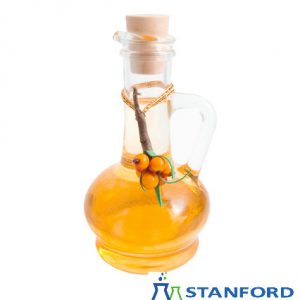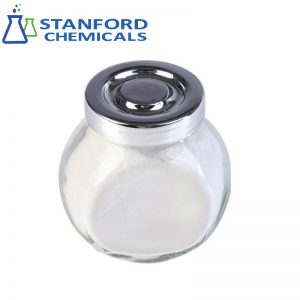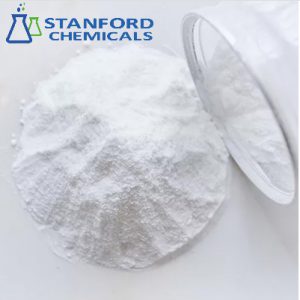- Home
- Foods and Nutraceuticals
- 030-000-470 Adenosine 5′-monophosphate Disodium salt (AMP-Na2)
030-000-470 Adenosine 5′-monophosphate Disodium salt (AMP-Na2)
| Type | Coenzyme |
| CAS No. | 4578-31-8 |
| Chemical Formula | C10H12N5Na2O7P |
| Molecular weight | 391.18 |
| Appearance | white powder |
| Assay | 98% |
| Related products | Polycytidylic Acid
Uridine 5′-monophosphate Disodium salt (UMP-Na2) |
- Description
Description
Adenosine 5′-monophosphate Disodium salt Introduction
Adenosine 5′-monophosphate Disodium salt is a kind of white powder with a chemical formula of C10H12N5Na2O7P. Adenosine 5′-monophosphate (5′-AMP) has many uses in nature. 5′-AMP is an activator of a class of protein kinases known as AMP-activated protein kinase (AMPK). It may be used as a substrate by a variety of enzymes such as AMP-thymidine kinase (EC 2.7.1.114), AMP deaminase (EC 3.5.4.6), and 5′-nucleotidase (EC 3.1.3.5).
Adenosine 5′-monophosphate Disodium salt Specification
| CAS No. | 4578-31-8 |
| Chemical Formula | C10H12N5Na2O7P |
| Molecular weight | 391.18 |
| Appearance | white powder |
| Melting Point | 232-235℃ |
| Solubility | Soluble in water, dimethyl sulfoxide and methanol. |
| Packing | 25kg/drum |
| Grade | Veterinary feed additives / Infant milk powder additives |
Adenosine 5′-monophosphate Disodium salt Applications
Human use:
(1) Clinically used for complications of disseminated sclerosis, porphyria, pruritus, liver disease, and varicose ulcer. The compound eye drops mainly composed of adenylic acid can be used for eye fatigue, central retinitis, corneal pannus, and herpes, and other corneal surface diseases.
(2) Infant milk powder food additives to produce breast-emulsified milk close to human milk, which can enhance the infant’s resistance to bacterial diseases.
Animal use:
(1) Nucleotides are used as new feed additives.
Studies have shown that it can promote growth in the early stages of aquatic development, by incubating good breeds, strengthening the quality of juvenile fish, changing the structure of the intestine, increasing stress tolerance, and regulating innate and acquired immune responses. It also enhances resistance to viruses, bacteria, and parasitic infections.
(2) The role in livestock and poultry breeding.
Appropriate addition of nucleotides has an important effect on maintaining the normal function of the animal’s immune system, promoting the development of the gastrointestinal tract, improving liver function and lipid metabolism. Adding nucleotides to pig or poultry feed can achieve the purpose of promoting growth, improving feed utilization, enhancing disease resistance and improving meat quality.
(3) Nucleotides have great potential for use as plant growth stimulants.
Studies have shown that nucleotides can improve the transformation ability of seed content, the emergence rate, and the quality of seedlings, promote the production of plant roots, and can deepen leaf color and increase chlorophyll content, and have the effect of increasing yield and early maturity for a variety of crops.
(4) The meat quality of animals fed with this product is comparable to that of wild animals. No drug residues, no antibiotics.







